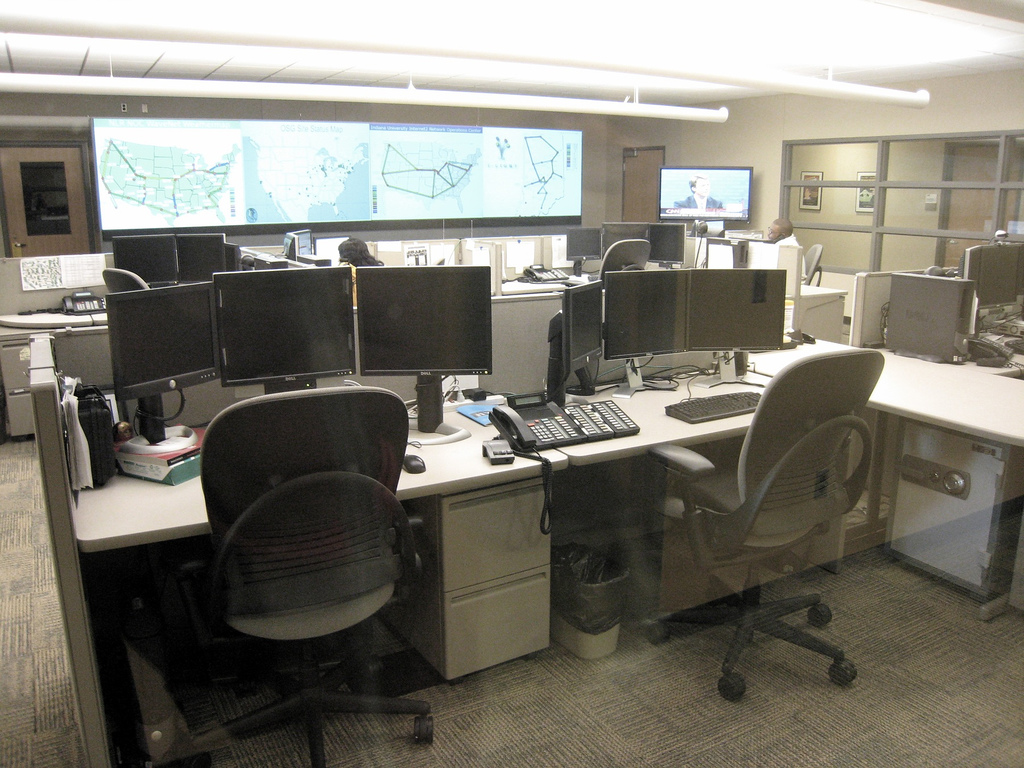6 Ways to Cut the Costs of Network Downtime
In most business environments, network outages are relatively commonplace. Every few weeks, something fizzes out and productivity grinds to a halt. Your employees can’t get work done when they don’t have access to the data they need. You can’t get work done when you can’t communicate with your people. Your network is integral to your startup — so why aren’t you doing more to prevent downtime?
According to research from ITIC, 98 percent of organizations have calculated that a single hour of downtime can cost over $100,000. You can calculate your own startup’s downtime losses by dividing your daily revenues by the amount of downtime you suffer. Undoubtedly, your startup can’t afford to lose that much money regularly.
Fortunately, downtime isn’t inescapable, like death or taxes. In fact, here are a few preventative measures you can take to prevent downtime in your future:
1. Select the Right Equipment
To reduce costs, you might have purchased hardware from various manufacturers and distributors. Unfortunately, not all hardware is fully compatible, so your price-shopping efforts have only generated greater expenses due to downtime.
Selecting equipment — servers, routers, switches, and endpoints — that works together should be a top priority if you want to reduce unplanned downtime. Developing a relationship with a single tech manufacturer or reseller is helpful for building a network that gels. You should also look into your service vendors, who might not support exactly what your business needs.
2. Focus on Dynamic and Durable Systems
Perhaps the most important step of selecting hardware and software is remembering your business’s future. If your business grows, your network should grow, adding new hardware and software that will strain the system.
Thus, a primary goal should be to develop systems that can accommodate additional devices and applications without creating inefficiency or failure. To do this, you might need more equipment than you initially envisioned; for example, if you take a server offline for maintenance, you should have a backup server ready to prevent downtime.
3. Consider Your Cluster Architectures
It is advisable to hire a professional network architect to review your clustering architecture, which might be slowing down your systems. In the past, active-passive clusters sufficed for helping businesses recover after a failure event, but studies on this architecture show that active-passive clusters result in 34 percent greater data loss than active-active clusters
. Plus, active-active cluster environments ensure greater efficiency even outside of downtime events.
4. Monitor Your Network Constantly
Network monitoring provides unprecedented visibility, so you can better predict events that cause downtime. For example, by using a LAN monitor, you can receive status information on all devices, from desktops around the office to servers, switches, and IoT devices hardwired to the network. The monitor will send you alerts if it detects the network reaching a critical threshold. Thus, with prompt action, you can avoid downtime before it starts.
5. Perform Regular System Audits
Even with constant monitoring, you should perform regular system audits for more detailed views of different aspects of your network. For example, you can review your architecture to determine whether there is a better network structure for your business; you can investigate your operating systems configuration to ensure your devices continue to be compatible; and you can examine your database, to include your database configuration, account access, and user roles. Regular audits will help you understand whether your network budget is properly allocated and feel secure that downtime is sufficiently mitigated.
6. Study Your Downtime Closely
Downtime is inevitable; even after taking all the above actions, you will undoubtedly experience some unexpected interruption to your network. Still, you can take each failure event as an opportunity to learn more about your network and gather information on preventing further downtime.
First, you should track the type of downtime — the reason why your network failed. Then, you can integrate data such as the time of day, the duration, and the work affected. Integrating an automatic downtime tracker will assist in these efforts. Eventually, you will have a thorough understanding of the downtime afflicting your network, and you can begin to expect unexpected downtime at your business.
Knowledge is your greatest weapon, especially in business. You and your employees should know as much as possible about causes and solutions to downtime, so everyone can remain productive and profitable.

